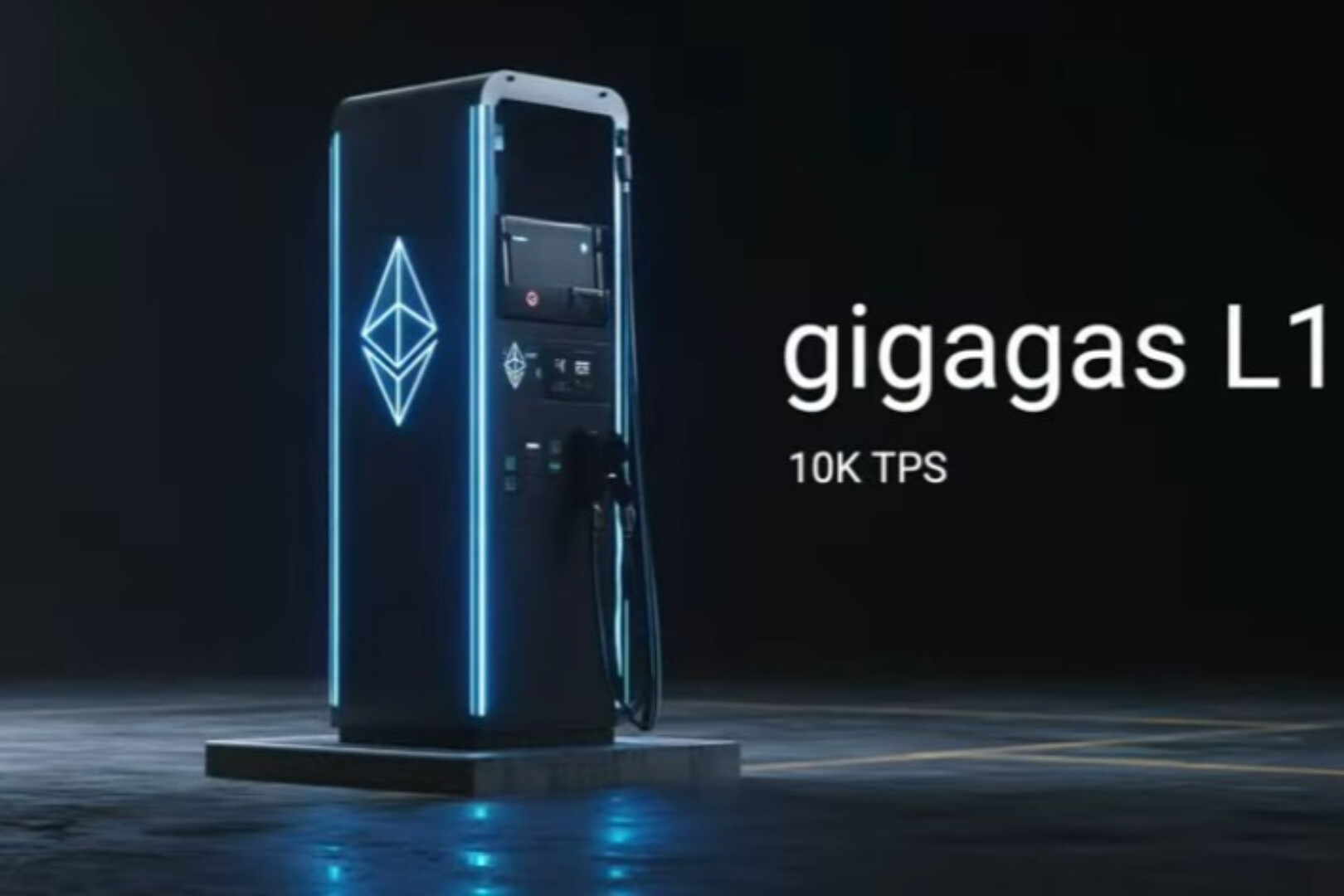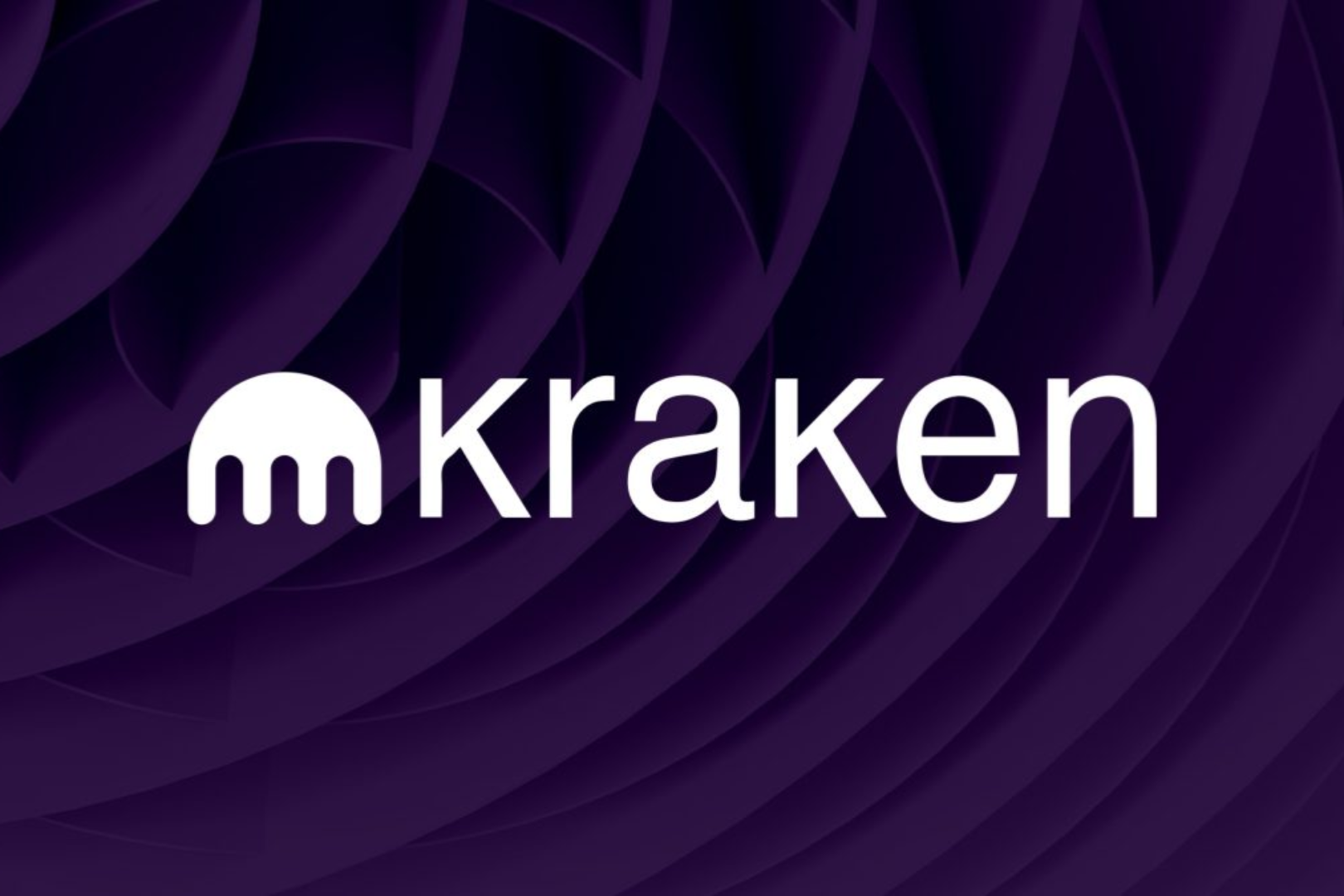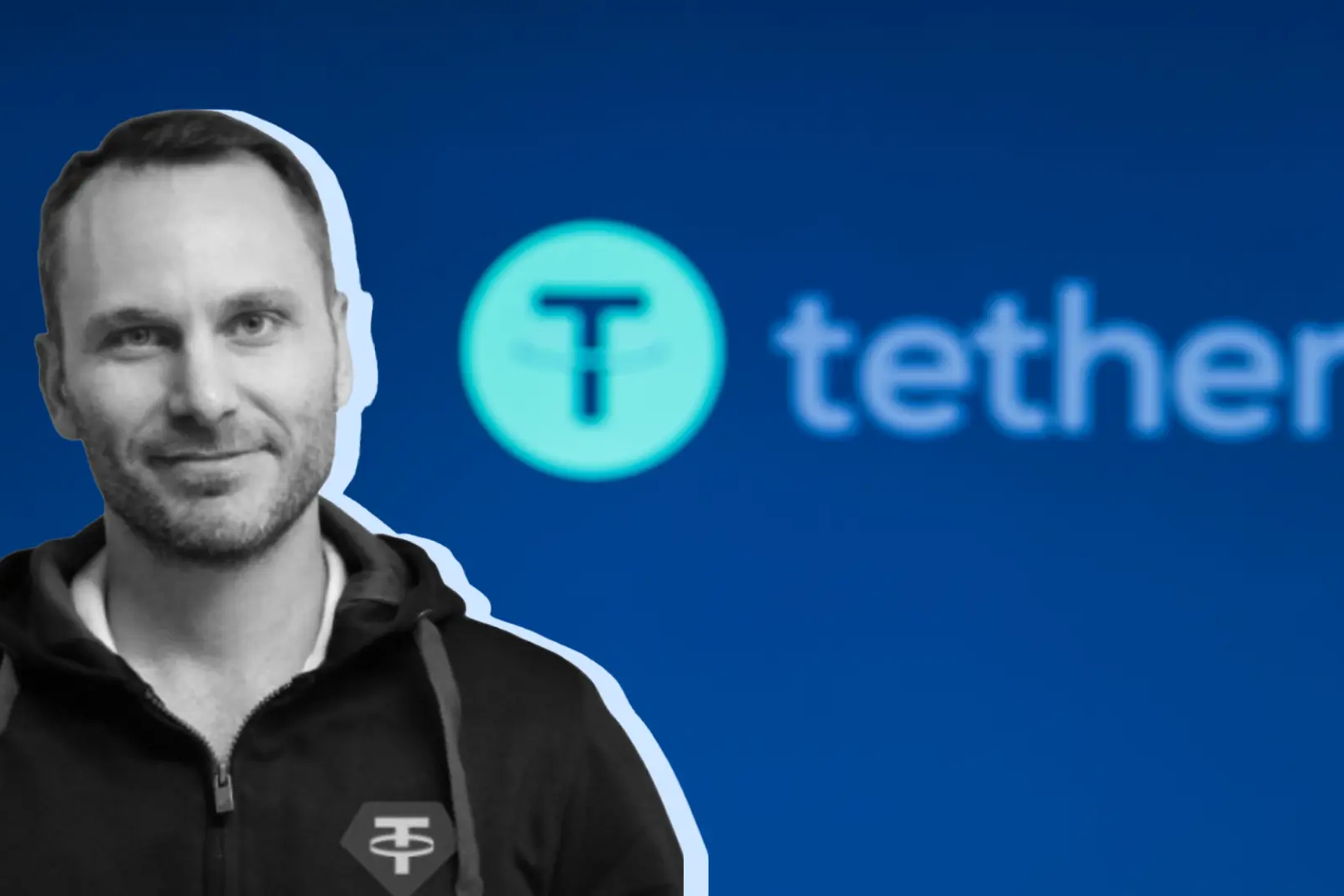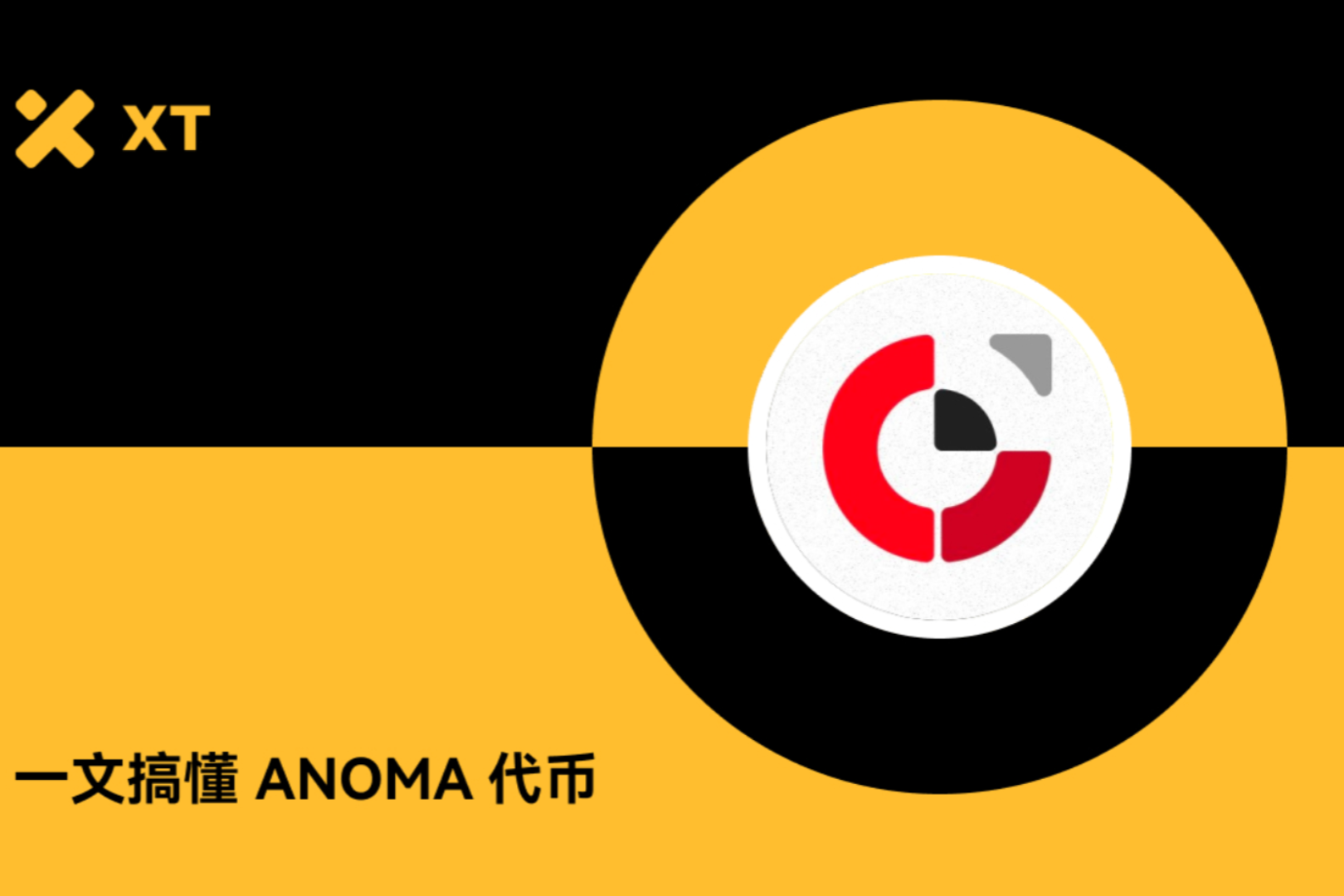
On March 4th, a user stated on social media that he could not use the MetaMask wallet in Venezuela. After finding out the reason, he found that there was a problem with the API service provider Infura.
Infura responded that some settings were misconfigured when changing certain configurations to comply with new sanctions directives from the United States and other jurisdictions, resulting in service interruptions in some areas. MetaMask, which is the home of Infura and uses Infura services, also had problems due to this error. As a result, users in some regions cannot access MetaMask for a short time.
This is the Nth time that Infura has had a problem that has affected the Ethereum ecosystem. Although this issue has been discussed many years ago, some issues should be re-emerged in the face of Ethereum's super ecology that cannot be compared in the same breath. Especially during the period of turmoil, because of the problems between countries, the Web3.0 world, which is advertised as "decentralized", has begun to have entry barriers, which is really shameful.
We are not denying the important value of Infura, but if we can try to alleviate this problem in other ways?
What is Infura?
Professionally speaking, Infura is an IaaS (Infrastructure as a Service) product, the purpose of which is to lower the threshold for accessing Ethereum data. In layman's terms, Infura is a platform that allows your DApp to quickly access Ethereum without running an Ethereum node locally.
From a programmer's point of view, Infura is a Web3 provider behind which is a load-balanced API node cluster.
To understand it more simply, Infura is a public Ethereum node that can see all the data on the entire Ethereum chain. The advantage of this node is that Infura is an external service. In fact, project parties or trading platforms can deploy nodes by themselves. The functions realized are exactly the same as Infura, but it is very troublesome and expensive. So there is a market for Infura's services.
Across the Ethereum network, there is a need for a utility that lowers the barrier to entry and simplifies access to Ethereum data. Foremost among these are infrastructure-as-a-service (IaaS) offerings, and leading the way in this regard is Infura, which provides developers, DApp teams, and enterprises across industries with a set of tools to connect their applications to Ethereum network and other decentralized platforms.
Infura is the Ethereum infrastructure developed by developer Michael Wuehler and started as an independent operation. In 2019, it was wholly acquired by ConsenSys and became its business unit. Infura is free to use at launch. Subscriptions followed, with fees ranging from $50 to $1,000 per month. However, for developers or projects with small needs, Infura is still very friendly. Developers can create 3 projects in Infura for free and submit 100,000 requests per day using Infura's API service.
What is Infura good for?
“Our mission is to facilitate access to Ethereum and the opportunities it provides,” said Nicola Cocchiaro, Infura’s lead systems engineer. They have indeed achieved this mission, far exceeding expectations.
Many well-known projects on Ethereum (MetaMask, Aragon, Gnosis, OpenZeppelin, etc.) utilize Infura's API to connect their applications to the Ethereum network. As the largest API provider in the Ethereum ecosystem, the existence of Infura does make it much easier for developers.
The best-known part of Infura's infrastructure is the hosted Ethereum client network, supporting both mainnet and testnet over HTTPS and WSS via client-compatible JSON-RPC. Ethereum nodes are only part of the Infura stack, and they also have IPFS services, but the ecology is very different from Ethereum, and the attention is naturally not so great.
Projects and Companies Adopting Infura
On Infura's official website, Rhythm found that many well-known companies and projects have used Infura services. For example, the Ethereum light wallet MetaMask uses Infura's zero-client approach to connect to Infura's remote infrastructure to serve more than millions of users. (Rhythm note: In addition to using the Infura service, MetaMask also runs its own node)
For projects like Enigma where scalability is more important, Infura will work with developers across the ecosystem to keep the network running smoothly.
image description
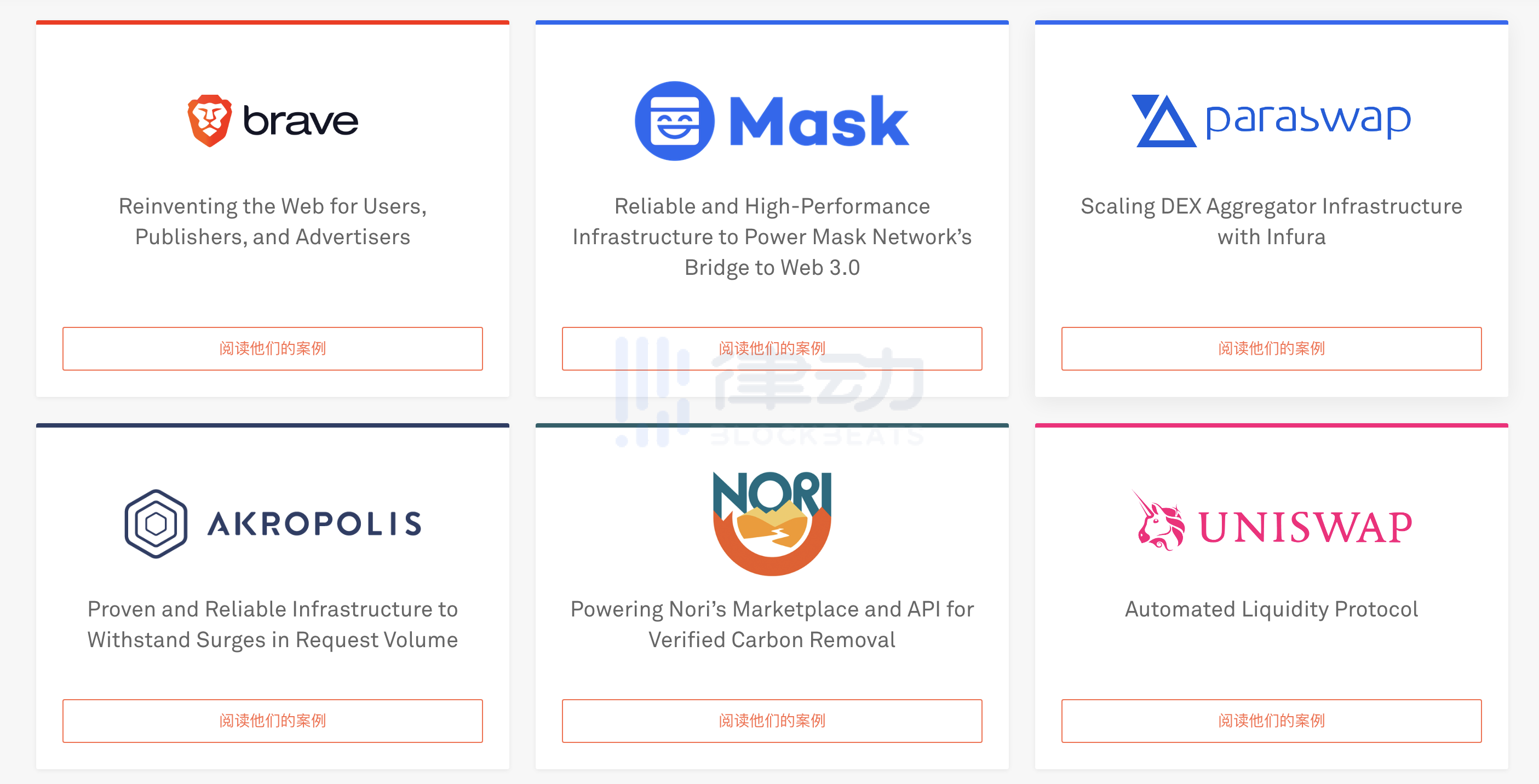
Some customer cases listed on Infura official website
Concerns over reliance on Infura

At present, there are 6,300 nodes in the entire Ethereum network. Infura once stated in 2018 that the number of nodes connected to the Ethereum network through Infura accounted for 5-10% of the total number of nodes. This ratio will only increase now as the cost of maintaining a node becomes greater.
This is not the first time Infura has had problems. In November 2020, Infura was not running the latest version of the Geth client, and some special transactions triggered a bug in this version of the client, and then Infura went down.
This is considered to be the most serious Ethereum accident after The DAO. Although it is not a problem of the Ethereum network, the chain reaction caused by the Infura downtime at that time can almost be regarded as a short-term paralysis of the Ethereum network: mainstream trading platforms cannot deposit and withdraw ERC- 20 Token, MetaMask cannot be used, etc.
Minor problems also continued. In February this year, platforms such as OpenSea and Uniswap had problems again, because Infura's traffic surged and went down. Infura has apparently become the foundation of the $320 billion mansion.
As early as 2018, developers have expressed concerns about Infura. Afri Schoedon, an ethereum developer at Parity Technologies, said the ethereum network cannot rely on Infura to handle 10 billion requests per day. Schoedon believes that over-reliance on Infura will increase the centralization of the protocol.
In addition to building nodes by the project party or users themselves, we have many other projects to choose from, such as Alchemy, or the very popular Pocket Network, etc. Although the impact of Infura's failure problem will not completely disappear, it can at least be reduced.
We are not denying the value of Infura. Infura is very important to Ethereum, but if there are more node incentive schemes or solutions to reduce node operating costs, Ethereum will be more perfect, even better than ETH2.0.

